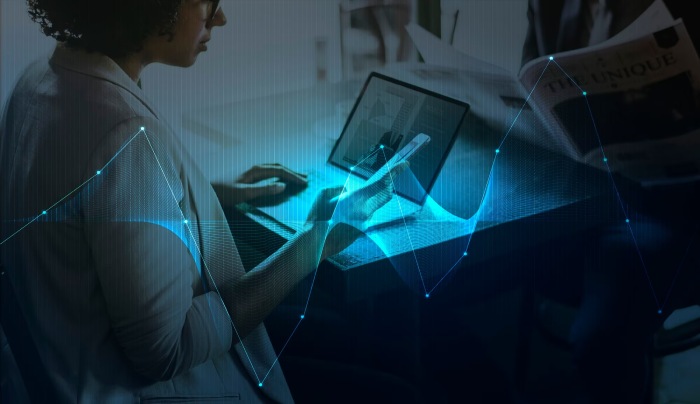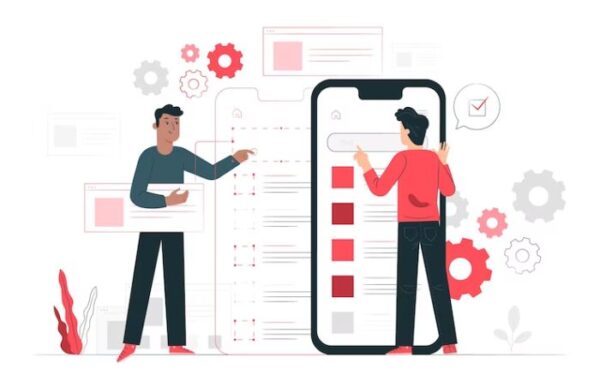Technology Trends in Small Business

If you’re an owner of a small business, you need to be aware of the latest trends in technology. In addition, you need to find and implement the best tools for your organization to increase productivity and ensure that your staff has the tools they need to do their job.
Cloud-based tools
One of the top technology trends in small business technology trends is cloud-based tools. These tools help companies to improve their productivity and efficiency. They also increase security and reduce costs.
For example, the cloud can manage projects, distribute information, and manage people. This is especially important for small businesses. The technology can also be used to protect confidential financial data.
For instance, tools like DocuSign, HelloSign, and Slack allow employees to sign contracts and documents securely. There are also tools for collaboration, like Google Docs. Using these tools allows multiple people to collaborate on a document simultaneously.
Cloud technologies help small businesses save money, streamline processes, and gain a competitive edge. However, many small businesses have concerns about the security of their data in the cloud.
To help alleviate these fears, consider a hybrid offsite and onsite data storage strategy. In addition, security software can help protect your cloud-based data.
Chatbots with machine learning
Chatbots have an enormous potential to add significant value to customer acquisition and retention. They can enhance customer service by providing the user with quick and personalized answers to questions. This could lure consumers away from their competitors.
Some typical applications of chatbots include lead generation, brand awareness, and information retrieval. They can also automate recommendations and recommend products to customers. Many companies are already using chatbots for marketing and user reservations.
Chatbots are becoming more and more widespread. Facebook announced support for chatbots and other major tech companies investing in the industry. Microsoft is working on significant bot projects, including AI-based chatbots.
There are two main types of chatbots: rule-based and conversational. Rule-based chatbots are the most basic. These bots use “if/then” logic to answer basic queries.
Conversational bots are more complex. These bots use natural language processing (NLP) and deep learning to mimic intelligent customer support employees. Unlike rule-based bots, conversational bots can understand and respond to human emotions and context.
Employee monitoring software
Employee monitoring software can help a company monitor employees’ productivity, engagement, and overall performance. Having these tools in place will enable you to reduce the risk of business operations being compromised and can even improve collaboration within the workplace.
Depending on the type of solution you choose, you may be able to block certain websites, restrict employee access to their computers and devices, or even conduct internal investigations. These tools can also assist in the removal of erring employees.
Your monitoring software should be practical, easy to use, and not interfere with your company’s day-to-day operations. When evaluating your options, you should consider the price, the features, and whether the vendor has a proven track record of success.
In general, cloud-based employee monitoring solutions will cost between $60 and $80 per user per year. For larger organizations, an onsite solution can be more cost-effective.
The best employee monitoring software will provide detailed reports on employee activity. This is often in the form of a simple, visual dashboard. For example, you’ll be able to pull up information on an individual employee or all of your staff and may receive alerts when a particular employee’s activities violate company policy.
Onboarding new employees
Onboarding new employees is a critical component of small businesses. The right onboarding program can ensure that the new hire stays with the company for a long time.
Small businesses can use technology to make their onboarding process more efficient and effective. Companies can save thousands of dollars in administrative costs by implementing critical procedures through technology. And a strong onboarding program can also help prevent employee turnover.
One of the best ways to welcome new employees to the company is to give them a clear understanding of the company’s values and goals. This will help them form an opinion about the company. Also, new employee needs to know their duties and how they will fit in the business.
Technology can also be used to help employees feel engaged. For example, AI chatbots can send automated reminders, answer common questions, and keep employees up-to-date on training sessions. Some companies have also created buddy programs to facilitate onboarding and encourage team members to participate.





